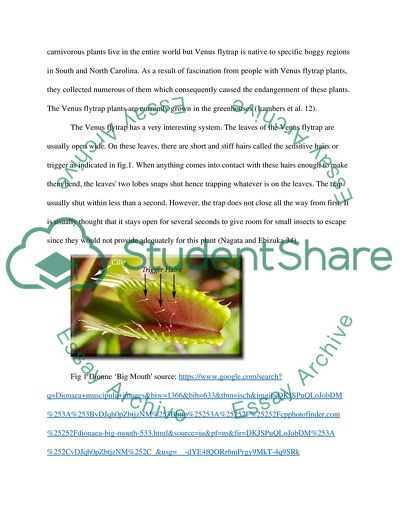Cite this document
(“Dionaea Muscipula As A Carnivorous Plant Research Paper”, n.d.)
Retrieved from https://studentshare.org/biology/1689637-dionaea-muscipula-as-a-carnivorous-plant
Retrieved from https://studentshare.org/biology/1689637-dionaea-muscipula-as-a-carnivorous-plant
(Dionaea Muscipula As A Carnivorous Plant Research Paper)
https://studentshare.org/biology/1689637-dionaea-muscipula-as-a-carnivorous-plant.
https://studentshare.org/biology/1689637-dionaea-muscipula-as-a-carnivorous-plant.
“Dionaea Muscipula As A Carnivorous Plant Research Paper”, n.d. https://studentshare.org/biology/1689637-dionaea-muscipula-as-a-carnivorous-plant.


